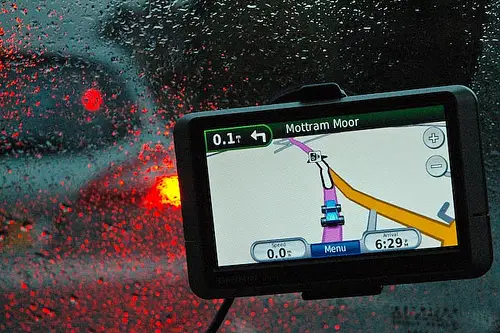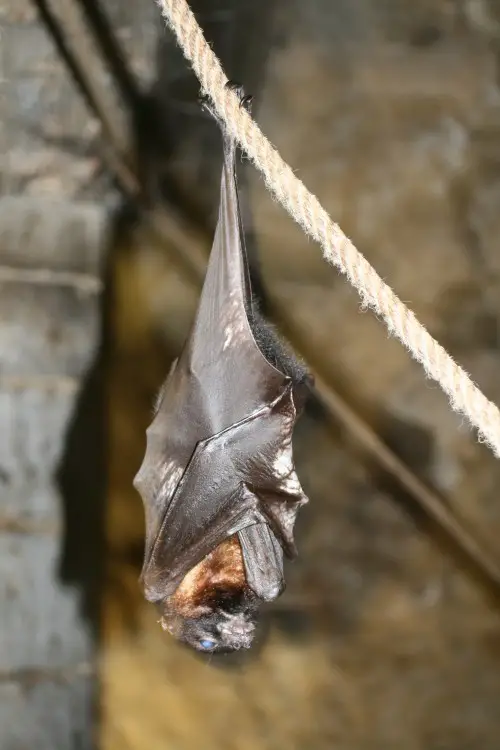Zombie Ants Manipulated by 4 New Fungi Species
PLoS ONE, the online journal, published a research on March 2nd which was discussing the problem of the zombie ants, also known as parasitized carpenter ants, which are actually more common than formerly realized when scientists discovered another four species of “zombifying” Brazilian fungi which seem to have a staggering influence on the above-mentioned zombie ants.
These new species of fungi are part of the Ophiocordyceps genus and all of them can be found only in the Brazilian Atlantic rainforest which seems to be the planet’s biodiversity hotspot that is the most degraded of all. At least this is what is stated in a press release. Now, only eight percent of the initial habitat is still unchanged.
The species of carpenter ants which is affected by these fungi is practically mind-controlled by the chemical characteristics of these eukaryotic organisms. The infection of the ants’ minds causes these insects to act like zombies. They are “ordered” to get out of their colonies and climb on a type of leaf that favors the reproduction of the parasites. Once on the leaf, the ant is simply “urged” to bite its vein which causes the ant’s death. This bite is known as a “death bite grip”. Then, the parasite shoots a fruiting body right from the head of the dead ant, emanating spores that will infect other ants.
Dr. David Hughes from Harvard states: “This can happen en masse. You can find whole graveyards with 20 or 30 ants in a square meter. Each time, they are on leaves that are a particular height off the ground and they have bitten into the main vein before dying.”
These four newly discovered species of mind-controlling parasites were named by Dr. Simon Elliott, Dr. Harry Evans and last but not least, Dr. David Hughes; they also noticed that two of these four species do not send out stalks from the zombie ant’s head but from other body parts, more precisely the lower leg joints and the feet.
Researchers cannot explain how the fungus manages to control the insect it infects; however they know that alkaloid chemicals are released into the insect, consuming it from the inside.
It was interesting for the researchers to discover how such fungi that manage to manipulate the minds of the zombie ants cope with habitat fragmentation. They observed that the site where these species exist together was a high-elevation one which had the tendency to become hotter and drier at the same time.
The three researchers have come up with an accompanying paper in which they elaborated on their discoveries about the possibility that such phenomena could happen to many other species, that similar complex interactions are possible between species which live in endangered habitats.
Hughes’s opinion was made known in a blog belonging to PLoS ONE and it states that, in case of a local climate shift, the carpenter ants will probably survive whereas the fungi would not be capable to stay alive.
Dr. Hughes mentioned: “What we think we will see is the extinction event of the fungus we just managed to describe.” He explained that because the fungi are fundamentally aquatic, they tend to be much more sensitive if the clime becomes drier.



